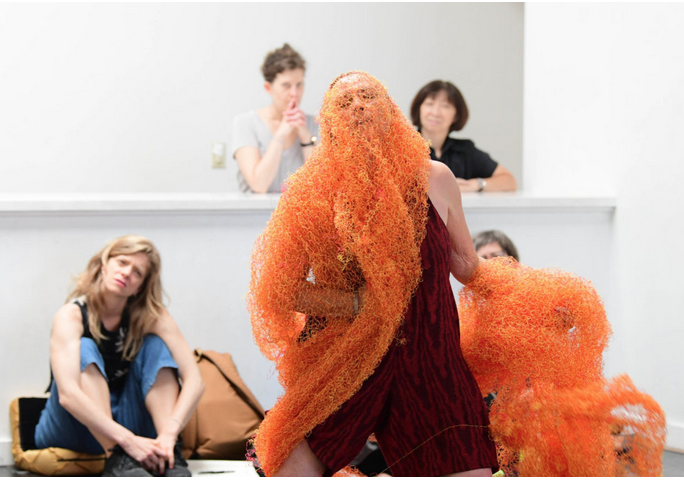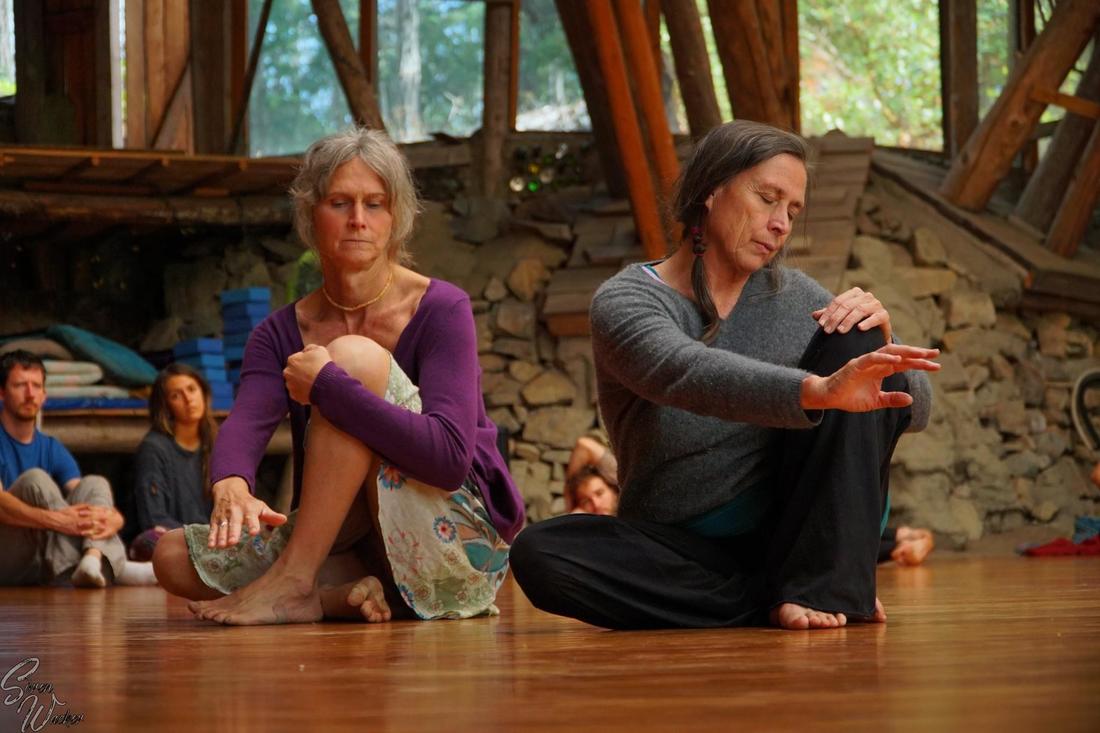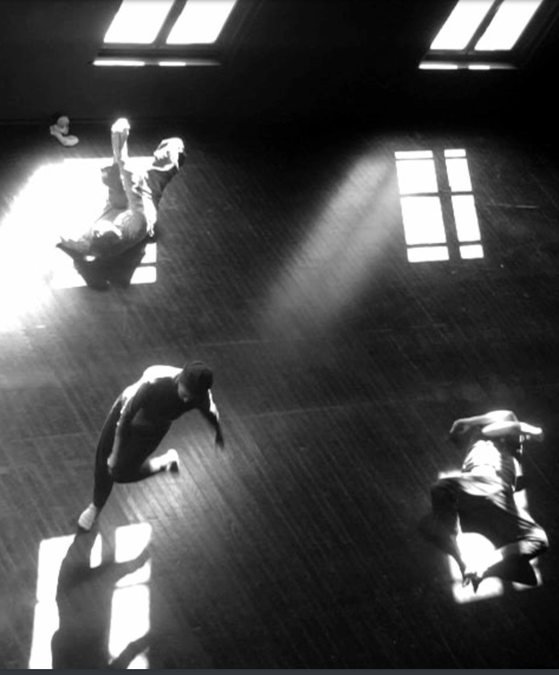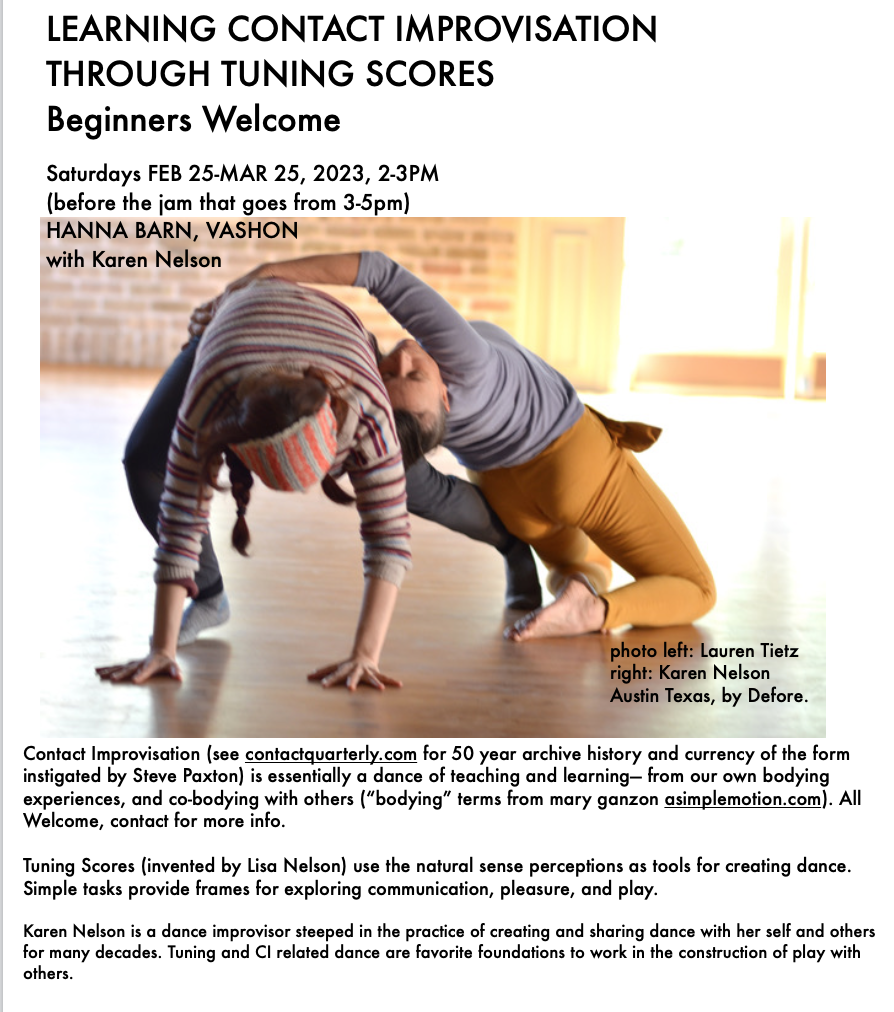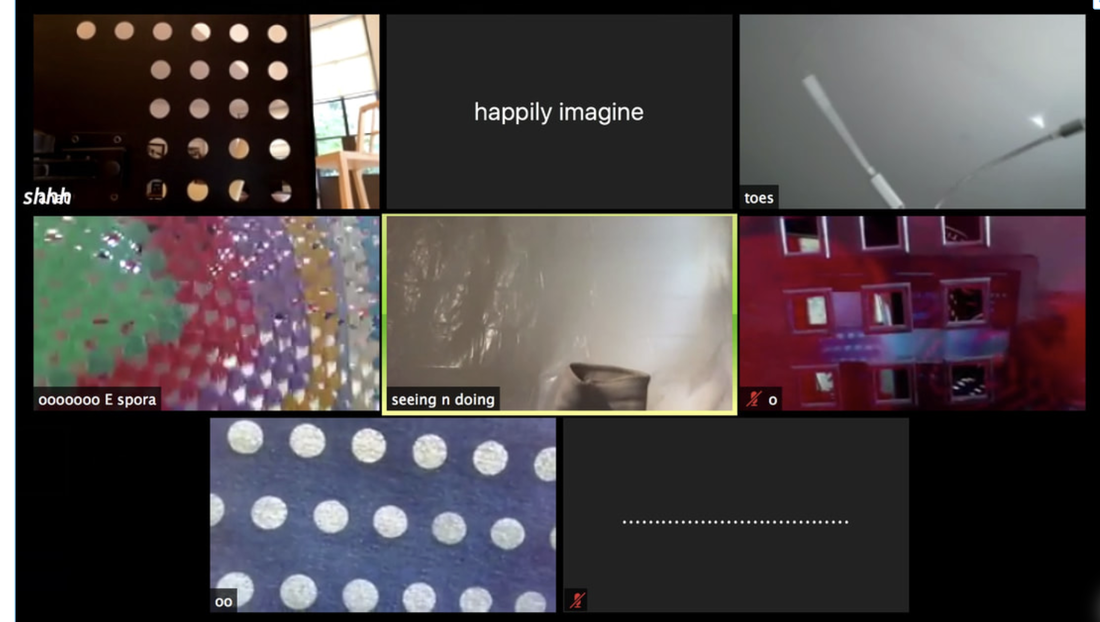- Tuning Scores
- Unimaginable aka CI interrogates its history
- aboliton is ...a dance response
- articles//vids
- CDP writings/images
- Redux Forward
- interrogating CI history
- dance bio
- centering edge
- Dance Sensoria
- Fissure
- Vashon
- one2one
- about the works
- contact email // archives
- Tuning See Play Do
- 2 events in NC
- dance w dharma 1
- mayfield workshop!!
- old message
Tuning Scores
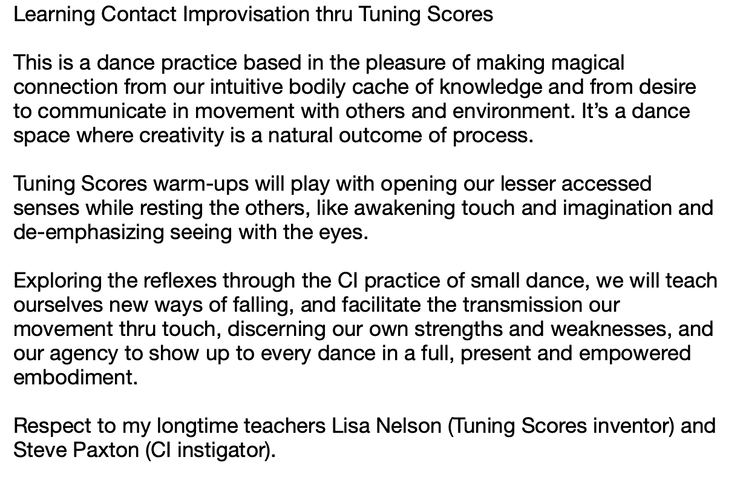
Tuning Scores:: dynamic inter-dancing
Our dancing body is a playground of investigation. Our senses are the detectives. Our awareness and imagination employ physicality to embody and reveal composition in relation to our environment and each other. Stillness, continuous movement, engagement of skin, muscle, skeleton, and particularly the eyes: how they move, how they move us, how we can see and make compositional choices with our eyes closed. How witnessing is dancing. This is the tip of a large body of work. Your body, your work. Scores are games with guidelines that help the players communicate with each other. A language gets made between the players that can make sense within a dance shared, and meaning can unfold.
"Tuning Practices are an intriguing way to investigate fundamental elements of performance, movement behavior, and communication, altogether. Originated by Lisa Nelson, the explorations illuminate how we compose perception through action; in other words, we learn how what we see is inextricably linked to how we see, through our multisensorial layers of observation. In “tuning,” we practice together, using both movement and verbal calls. Through these, we communicate our desires, our imagination, and our memory, in a shared image space. And with this material, we compose live art, together." [Margit Galanter]
pictured below Miki Mappin and Karen Nelson at Leviathan, 2017 by soren
karen nelson:
Tuning Scores invented by Lisa Nelson (1980’s) developed also with image lab members, Lisa Nelson, Scott Smith, K.J. Holmes, Karen Nelson (90’s) and others (current century) started really, I think, with dancers but easily transfers to all forms of making and is fine for all levels of experience. persons new to making will learn from old hands and vice versa. always happens that way. and especially because tuning is about following your desire. and what helps us find our desires better than things we agree or disagree with? well, I mean….getting “in tune” kind of means “measuring against” or finding where the rub takes us?
scores are like games or like frames or like a guideline that starts us into something that we can learn about. we learn about the nature of that particular score, for example. the thing is we make the rules as we go, even if we set out something that seems like rules at the start. what happens when we do it is the nature of that run. every time is different. and the people attending make it what it is.
in this class Karen Nelson will guide the warm-up and offer scores to play with and listen to what we are learning, attempt to reflect that, and allow the improvisation to brings us along. too.
class part 1
begin with a foundation; a warm-up; an entering into our moving selves
we will practice warm-up scores where we develop some sensory experiences to expand our normal everyday palette, shift from not working to working on something. playing with seeming opposites—eyes closed or open, stillness/movement. senses: touch, hearing, relating to others in space. working with what we have and who we are in the moments.
class part 2
continue with group scores. ways of working in space and seeing each other. how do the scores we make tune us as a group? how do we learn about each other? Tuning Scores,provide tools to use during an improvisation to understand the compositional choices we make. Actions as well as verbal calls are used to communicate between players. Perceptual awareness “games” allow delightful, unpredictable dancing and making to emerge, "waking-up" our inner choreographer/composer while in the midst of improvising.
and other words:
we use our bodies (and whatever else is around)
we warm up our sensing (always, right?) presencing. listening. seeing. empathizing.
there are many ways to tune ourselves. as a group
it helps to start simple-- like one image in the space (a body, a stillness, an object, one action)
and we let each other see what we see about it.
so thru the seeing and doing we show each other, and the communication/tuning builds from there.
we also use verbal calls to express desire. pause/play/sustain/reverse/etc, make them up/
these are tuning calls (not commands) it's collaborative (not directorial)
and we show each other the space
how we respond to all the input reveals the tuning
and of course, once we are tuned (in and out of that)
we play. we roll. we go.
photo by soren, leviathan studio, lasqueti island, b.c. canada, 2017
scores are like games or like frames or like a guideline that starts us into something that we can learn about. we learn about the nature of that particular score, for example. the thing is we make the rules as we go, even if we set out something that seems like rules at the start. what happens when we do it is the nature of that run. every time is different. and the people attending make it what it is.
in this class Karen Nelson will guide the warm-up and offer scores to play with and listen to what we are learning, attempt to reflect that, and allow the improvisation to brings us along. too.
class part 1
begin with a foundation; a warm-up; an entering into our moving selves
we will practice warm-up scores where we develop some sensory experiences to expand our normal everyday palette, shift from not working to working on something. playing with seeming opposites—eyes closed or open, stillness/movement. senses: touch, hearing, relating to others in space. working with what we have and who we are in the moments.
class part 2
continue with group scores. ways of working in space and seeing each other. how do the scores we make tune us as a group? how do we learn about each other? Tuning Scores,provide tools to use during an improvisation to understand the compositional choices we make. Actions as well as verbal calls are used to communicate between players. Perceptual awareness “games” allow delightful, unpredictable dancing and making to emerge, "waking-up" our inner choreographer/composer while in the midst of improvising.
and other words:
we use our bodies (and whatever else is around)
we warm up our sensing (always, right?) presencing. listening. seeing. empathizing.
there are many ways to tune ourselves. as a group
it helps to start simple-- like one image in the space (a body, a stillness, an object, one action)
and we let each other see what we see about it.
so thru the seeing and doing we show each other, and the communication/tuning builds from there.
we also use verbal calls to express desire. pause/play/sustain/reverse/etc, make them up/
these are tuning calls (not commands) it's collaborative (not directorial)
and we show each other the space
how we respond to all the input reveals the tuning
and of course, once we are tuned (in and out of that)
we play. we roll. we go.
photo by soren, leviathan studio, lasqueti island, b.c. canada, 2017
BEGIN: screen shot from pandemic inspired tune zooming session. SEE MORE Tuning Scores on the Screen here on Contact Quarterly's Rolling Edition created in March 2020.
